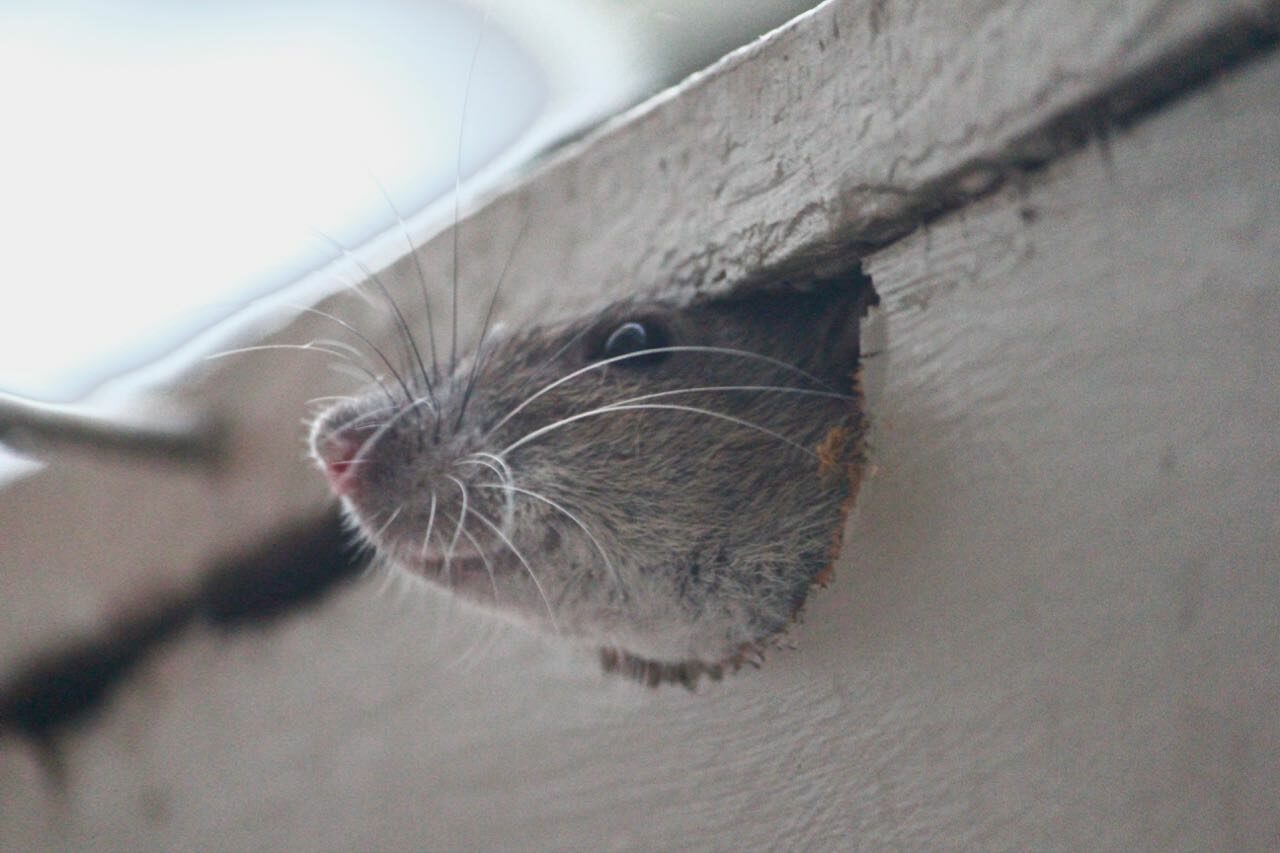In the middle of October, the pest control industry observes Rodent Awareness Week, a celebration recognized by the Professional Pest Management Alliance as an opportunity to provide education on rodent infestations and what steps they can take to prevent them. Rodents pose a serious threat to products, facilities and employees – a small problem today becomes tomorrow’s infestation with rapid reproduction rates. Restaurants, food processing facilities and groceries stores need rodent control to ensure healthy and safe environments for both employees and customers.
A crucial aspect of rodent prevention is education. Because pest management professionals are not at every location every day, they rely on their clients and employees to be their eyes and ears onsite. Therefore, it is important to be knowledgeable about each type so you can notify your pest management provider of any signs of a potential infestation.
While pest activity varies between regions and every commercial site faces unique pest pressures, there are four rodents most commonly found in commercial settings – deer mice, house mice, Norway rats and roof rats.
Deer Mice
Deer mice are nocturnal pests and are excellent climbers. There are most common in farming and rural areas; however, they can be found in commercial environments if the buildings border parks or other wood areas.
Inside buildings, they nest in storage boxes, stuffed furniture, wall voids and tight places in basements and attics. Deer mice are a health concern because they are the primary carriers of hantavirus, which can be transmitted by inhaling dust particle contaminated with the urine, feces or saliva of infested rodents.
House Mice
House mice can fit through a hole the size of a dime, making small cracks around buildings key entry points. They prefer dark, secluded place with abundant nesting materials (paper products, cotton, packing materials, insulation, fabric, etc.). These mice are inquisitive and will likely explore anything new or changed during their daily travels.
In addition to being a nuisance pest, house mice are also very destructive and will gnaw on various products and can contaminate anything they come into contact with, making them a food safety risk.
Norway Rats
Norway rats only need a half inch opening to enter a building. They are extremely cautious, and as a result, they commonly nest in low building areas in undisturbed piles of debris or merchandise. Norway rats present a food safety risk, as they are attracted to garbage, and can contaminate food and food surfaces by carrying bacteria. They can also cause considerable damage by gnawing entrance holes into and within buildings.
Roof Rats
Roof rats are primarily nocturnal and are commonly found in the upper areas of structures. They explore their surroundings, yet shy away from new objects and changes. Once established in a building, they will follow the same path to food and water sources, which may be evident with rub marks on the walls and shelves. Roof rats can damage products by gnawing, eating and defecating. The greatest concern with roof rats is the contamination of food leading to food-borne illness.
Commercial Rodent Control with Copesan
Whether they are feeding on product stock or contaminating food and food preparation surfaces, a rodent infestation can be one of the quickest ways to compromise your restaurant, retail space or warehouse. If you’re looking to eliminate a persistent rodent outbreak or want to set up preventive services to keep these pests away for good, contact us to speak with one of our highly-trained pest professionals today!

